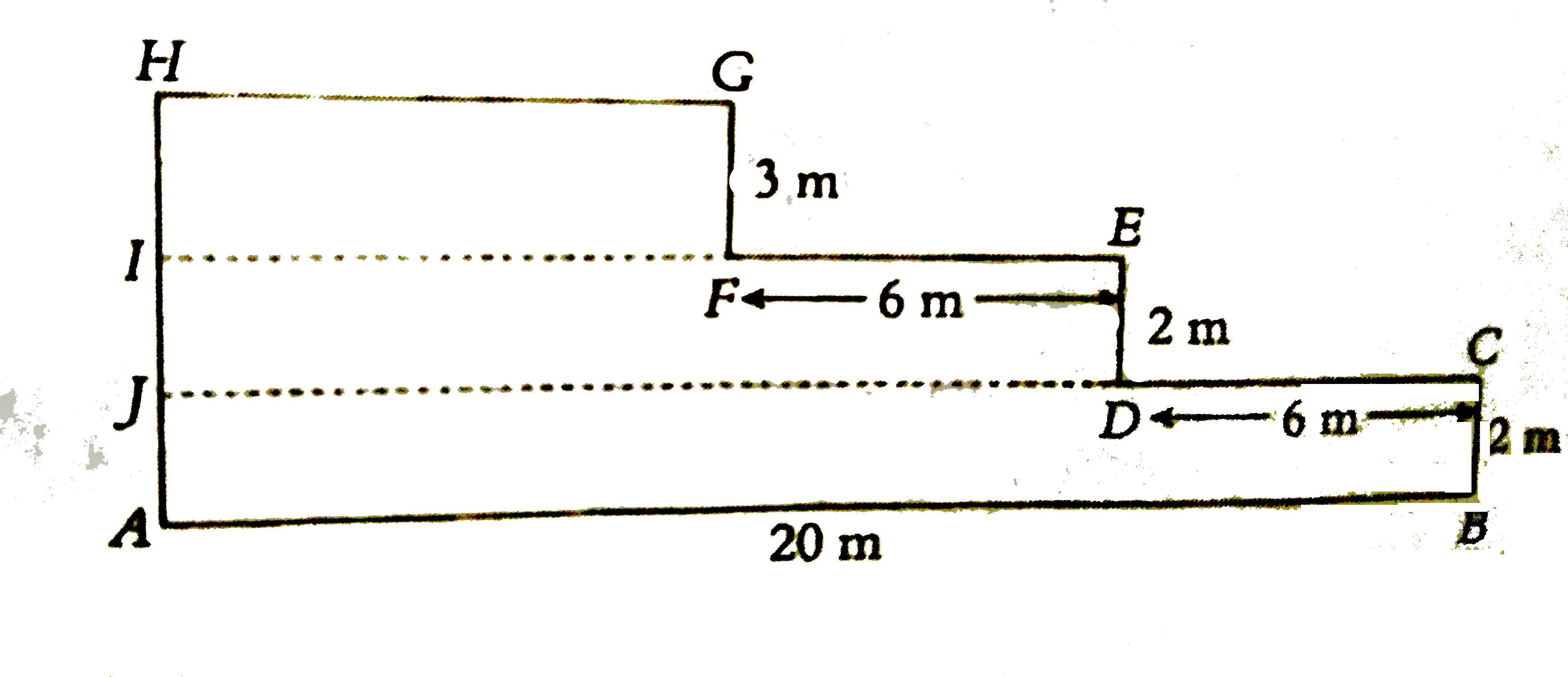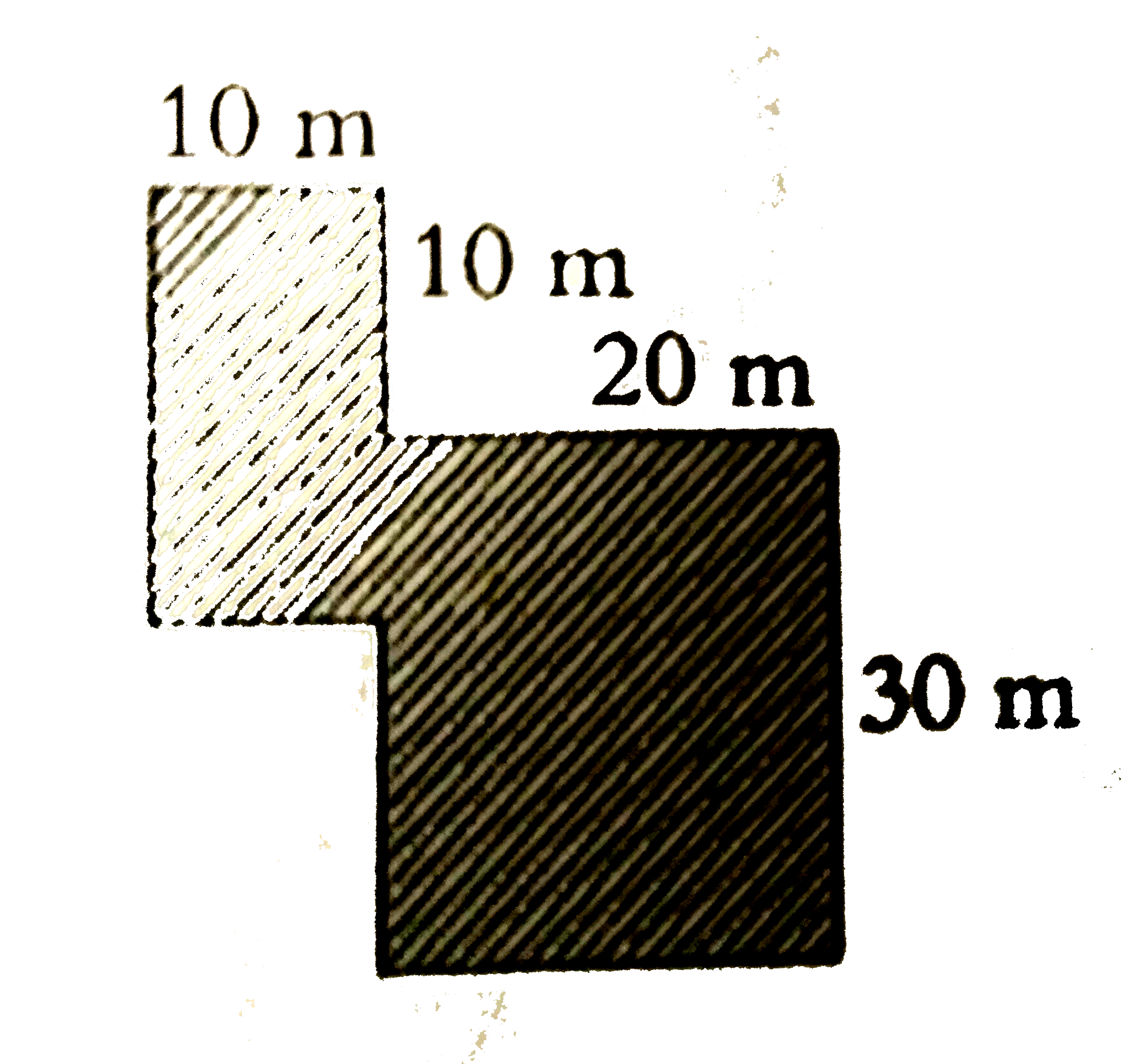The following geometric arrays suggest a sequence of numbers.
(a) Find the next three terms .
(b) Find the term .
(c) Find the term .

The dots here arranged in such a way that they form a rectangle. Here and so on. Cay you guess what is ? What about ? What about ?
Make a conjecture about . Solution in Kannada
Step by step video & image solution for The following geometric arrays suggest a sequence of numbers. (a) Find the next three terms . (b) Find the 100^(th) term . (c) Find the n^(th) term . The dots here arranged in such a way that they form a rectangle. Here T_1 =2 , T_2 = 6 , T_3 = 12 , T_4 = 20 and so on. Cay you guess what T_5 is ? What about T_6 ? What about T_n ? Make a conjecture about T_n . by Maths experts to help you in doubts & scoring excellent marks in Class 9 exams.
Updated on:21/07/2023Topper's Solved these Questions
- PROOFS IN MATHEMATICSBOOK - NCERT KANNADCHAPTER - PROOFS IN MATHEMATICSEXERCISE - TRY THIS
1 Videos
- PROOFS IN MATHEMATICSBOOK - NCERT KANNADCHAPTER - PROOFS IN MATHEMATICSEXERCISE - DO THIS
1 Videos
- PROBABILITY BOOK - NCERT KANNADCHAPTER - PROBABILITY EXERCISE - DO THIS
3 Videos
- QUADRILATERALSBOOK - NCERT KANNADCHAPTER - QUADRILATERALSEXERCISE - EXERCISE - 8.4
6 Videos
Similar Questions
Envied by the popularity of Pythagoras his disciple claimed a different relation between the sides of right angle triangles. By observing this what do you notice?

View SolutionMake 5 more sentences and check whether they are statements or not. Give reasons
View SolutionToss a coin for number of times as shown in the table. And record your findings in the table.

What happens if you keep on increasing the number of tosses.
View SolutionABC is a triangle . D is a point of AB such that AD=14ABandE is a point on AC such that AE=14AC. If DE=2cm find BC.
View SolutionDetermine the point of symmetry of a regular hexagon.
View SolutionMatch the following Column A to Column B

View SolutionMatch the following Column A to Column B

View SolutionMatch the following Column A to Column B

View SolutionFind the area of figure given below.

View SolutionFind the perimeter of the figure given below.

View SolutionFind the area of the figure given below.

View SolutionThe inequation represented by the graph given below is :
View SolutionThe inequation that best describes the graph given below is _________
View SolutionThe inequation that best describes the following graph is _________
View SolutionIn Fig, find the value of x.
ltimg src="https://d10lpgp6xz60nq.cloudfront.net/physics_images/PS_MATH_IX_C12_S01_032_Q01.png" width="80%"gt
View SolutionIn the given figure, PQRS is a parallelogram. A and B are the mid-point of ¯¯¯¯¯¯PQ and ¯¯¯¯¯SR respectively. If PS=BR, then the quadrilateral ADBC is a…………………… ,
ltimg src="https://d10lpgp6xz60nq.cloudfront.net/physics_images/PS_MATH_IX_C12_E05_020_Q01.png" width="80%"gt
View Solution
